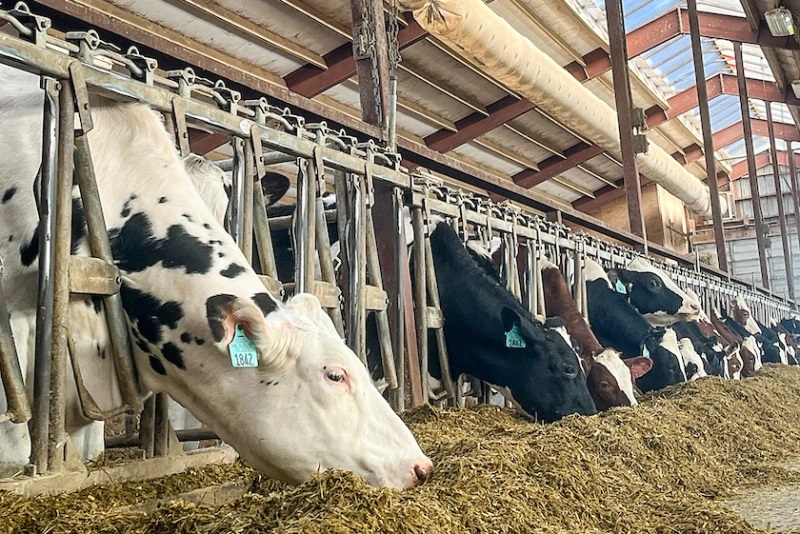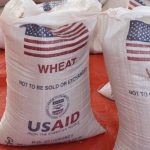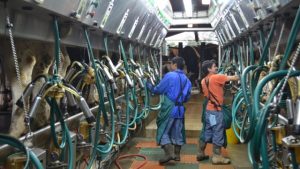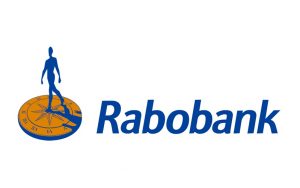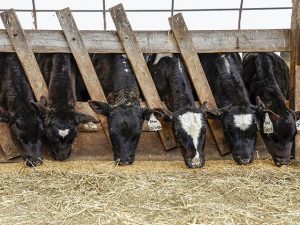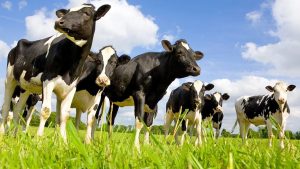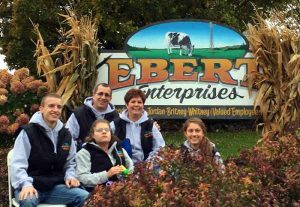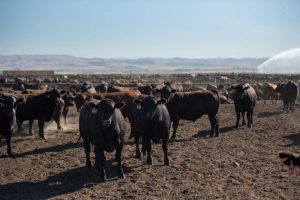
Beef-on-dairy strategy continues to cut into heifer supply.
It’s starting to become a familiar story. Heifer inventories remain exceedingly tight, and the lack of replacements is likely to constrain milk production growth over the coming year. This year, highly pathogenic avian influenza (HPAI) also continues to threaten milk production at a time when many producers would like to expand, according to Monica Ganley, analyst with the Daily Dairy Report and principal in Quarterra, an agricultural consulting firm in Buenos Aries.
As of February 4, 957 dairy herds in 16 states had been affected by HPAI, according to the Centers for Disease Control, but the numbers are likely much higher. More than two-thirds of the dairy herds in California have been affected by the virus. In November, California posted an unprecedented 7.9-percent year-over-year drop in Milk production followed by a 6.8-percent decline in December. While the production loss for an individual herd is relatively short-lived, many key dairy states have yet to see any cases, and if the virus continues to spread so too will losses in milk production.
“Dairy producer margins are strong, and under normal circumstances, high enough to encourage producers to grow milk production by expanding their herds, but the heifers just aren’t available,” Ganley said. Part of the reason for the lack of replacement heifers is that the beef herd is also rebuilding.
“Biological necessity suggests that it will take a couple years to build back the beef herd, and as a result, beef prices will likely remain elevated for the foreseeable future,” Ganley said. “In response, dairy producers will continue embracing the lucrative beef-on-dairy strategy, keeping dairy heifer inventories limited.”
The recent annual Cattle report showed that as of January 1, only 3.914 million head of dairy heifers were available nationwide. That’s a 0.9% decrease from the prior year and the lowest recorded inventory since 1978, according to USDA data. USDA also made an aggressive downward revision to its 2024 estimate, dropping its estimate by 108,000 heifers to 3.951 million.
“USDA’s revision shows that year’s situation was even more severe than previously believed,” Ganley noted. “Looking ahead, little optimism remains for a quick rebuilding of the national dairy herd. Of the already tight heifer numbers, only 2.5 million are expected to calve and enter the milking herd this year.” That’s 0.4% fewer than at the start of 2024, she added.
“USDA’s Cattle report confirmed the anecdotal information that has been circulatingaround the industry over the past several months,” Ganley noted. “Record-high beef prices underpinned by a dwindling beef herd have encouraged dairy producers to embrace the beef-on-dairy strategy through which they use semen from beef bulls to breed dairy cows. The resulting crossbred calf can be sold to a feedlot for a healthy price, and these calves have become a critical component of dairy producer revenue.”
At the New Holland auction in Pennsylvania in late January, newborn Holstein bull calves were selling for an average of nearly $704, a relatively high price historically. But crossbred bull calves were selling for more than $986.
Until the beef and heifer herds recover and avian flu outbreaks among dairy farms subside, milk production gains will be limited, she said.
You can now read the most important #news on #eDairyNews #Whatsapp channels!!!
🇺🇸 eDairy News INGLÊS: https://whatsapp.com/channel/0029VaKsjzGDTkJyIN6hcP1K
